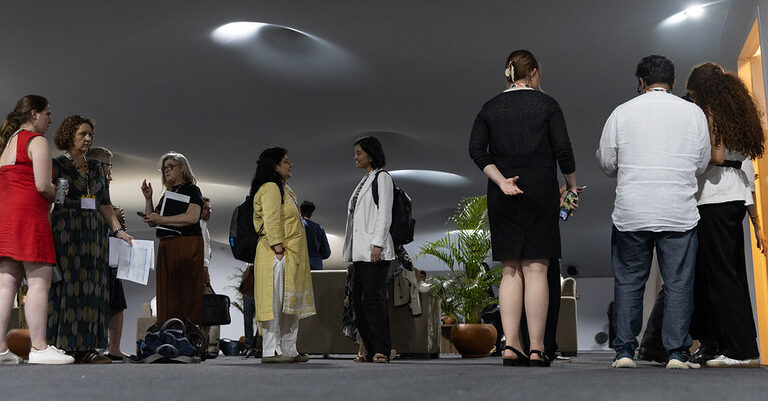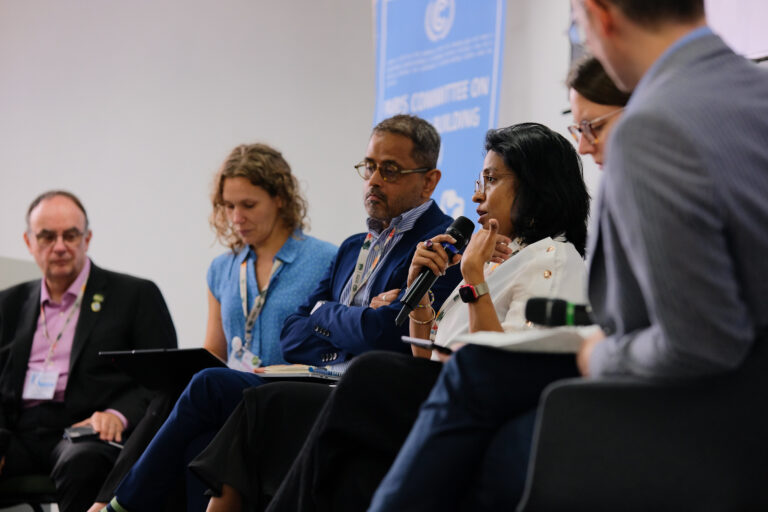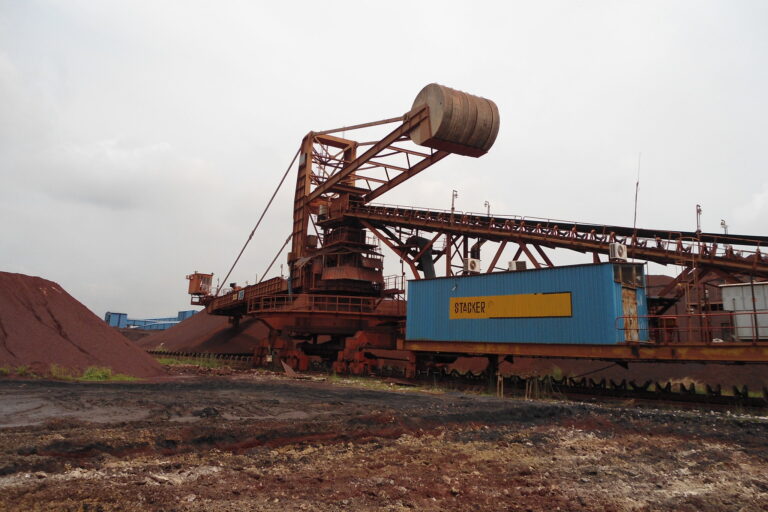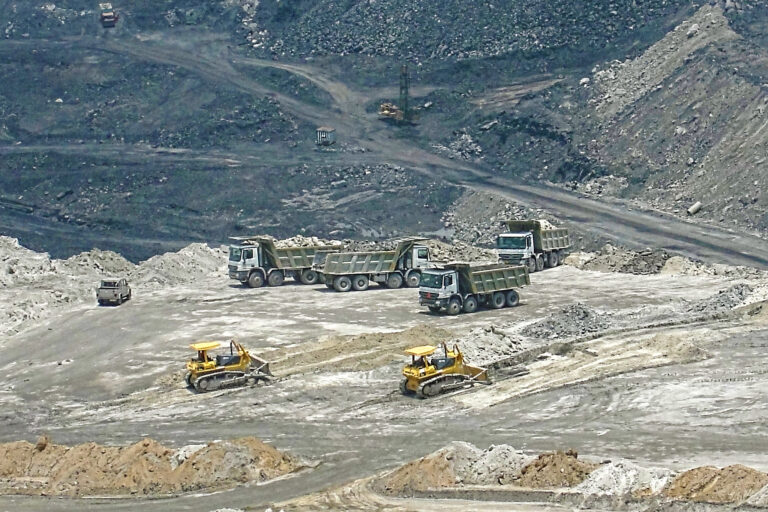- Road transport is the most significant contributor to Delhi’s air pollution, a review from 1990 to 2022 shows.
- Delhi is one of 131 non-attainment cities where pollution levels exceed safe limits.
- Integrating health impacts into the National Ambient Air Quality Standards could help create more holistic air quality standards.
A familiar curtain of toxic smog enveloped the National Capital Region (NCR) and its neighbouring areas in the last week of October, marking the start of the pollution season that sets in every year as winter approaches. As per a recent government directive, there will be no respite in the near future and air pollution levels are likely to escalate further as Diwali celebrations begin.
The factors contributing to alarming levels of smog in NCR have been well known, but policymakers, administrators and monitoring bodies fail to prevent pollution from forming a chokehold over the city as wind speeds and temperatures drop. Air pollution peaks in NCR and its adjoining areas for three to four weeks from mid-October to mid-November during the stubble burning and Diwali seasons. The health impacts of such prolonged exposure can be fatal. A 2021 study by NGO Greenpeace and Swiss firm IQAir estimated some 54,000 people died premature deaths in Delhi in 2020 due to air pollution.
Significant money has been poured into ineffective technologies, such as smog towers, aimed at alleviating the pollution. Most recently, the Delhi government is considering seeding clouds and creating artificial rain to drown out the pollution.
The solution to tackling the problem can’t be as short-term as the peak smog season, experts say. “There are a lot of actions that should be taken throughout the year to reduce pollution levels at the source,” said Sunil Dahiya, an analyst with the Centre for Research on Energy and Clean Air (CREA). “Unfortunately, that’s not really happening.”
The Commission for Air Quality Management, a statutory body operating in the NCR, begins implementing the region’s primary defense against pollution – the Graded Response Action Plan – only three days in advance of deteriorating air quality levels. This year, the Early Warning System (EWS) reportedly failed to correctly estimate future air pollution levels, which delayed action.
The science of air pollution management in the Indian context is still evolving, but sustained actions targeting the sources of emission need to be addressed, experts Mongabay India spoke to, said.
What’s polluting the air?
Despite being the best monitored and studied site of air pollution in the country, the question of what causes NCR’s pollution crisis is a perennial one, opening up disputes between states on who is to blame, almost every year.
A review paper led by scientist Sarath Guttikunda of Urban Emissions, a knowledge sharing platform on air pollution, examined the causes of Delhi pollution from 1990 to 2022 and found road transport to be the most significant contributor throughout the year, “despite being on par with other sectors such as residential cooking and heating, open waste burning, and industrial fuel combustion.”
Several interventions have attempted to reduce emissions from transport – the metro rail, making CNG mandatory for buses, and high emission standards for vehicles, among others. While these interventions help reduce on-road emissions, “the growing number of vehicles and their usage is nullifying any improvements coming from introducing better vehicle and fuel standards and any other interventions to curb traffic,” the paper says.
After transport, cooking, lighting and heating were found to contribute 15-20% of the estimated annual PM2.5 concentrations in Delhi. Dust and emissions from industries contribute another 10-20%. According to the review, “The key sources that require immediate attention are vehicle exhaust, road dust, construction dust, cooking and heating, open waste burning, and industries.”
In recent years, the city of Mumbai is catching up to the air pollution crisis, with high contributions from construction dust, traffic, and waste burning – the fallouts of rapid urbanisation. This year, the commissioner of the local city municipal corporation told the media the city would now plan for air pollution on an annual basis.

Be scientific and systematic, say experts
Delhi has the highest density of air monitoring machines in the country, while other areas with similar levels of pollution are woefully deficient. There are 931 ambient air quality monitoring stations under the National Air Quality Monitoring Programme, according to the Central Pollution Control Board. This is less than half of what the National Green Tribunal had directed to be installed. Researchers from Urban Emissions, IIT Delhi, and the Council on Energy Environment and Water estimated India would need “at least 4000 continuous monitoring stations, around 2800 in the urban areas and 1200 in the rural areas, to truly represent the air quality trends.”
India has 131 non-attainment cities where air pollution levels exceed safe limits. Remembering that NCR is one among many, should encourage policymakers to approach the problem systematically, says Dahiya. “The city clean air action plans, which identify sources of emissions and make suggestions on how to cut pollution at the source. This is what needs to be implemented, instead of reactionary measures like the GRAP,” he said.
The review paper by Guttikunda, on Delhi’s pollution says the solutions lie in “increasing infrastructure for public transportation, walking, and cycling; promoting the use of clean fuels such as LPG and electricity for cooking and heating; enforcing emissions standards for industries; improving waste management and reducing open waste burning; and increasing the city’s green cover.”
After the revision of the World Health Organisation (WHO) guidelines for ambient air quality in September 2021, activists have also called for a revision of the National Ambient Air Quality Standards (NAAQS), which were last revised in 2009 and prescribe limits for 12 pollutants, including PM 2.5 levels. According to the 2009 notification, the acceptable limit for annual PM 2.5 emissions is 40 micrograms, and 60 micrograms in a 24 hour window. In other words, the yearly average of PM 2.5 levels shouldn’t exceed 40 micrograms and the daily limit shouldn’t exceed 60 micrograms.

The government is in the midst of revising these standards but has not set a deadline for when they are to be established. A committee of scientists from IIT Kanpur is reportedly undertaking scientific studies to determine what the new standards should be.
The Centre for Policy Research has proposed a framework to integrate health impacts into the revised Standards in a new working paper. The paper suggests setting up a scientific review committee to examine the scientific literature and develop a “concentration response function” – an index that quantifies the health effect per unit change in exposure to the air pollutant.
“The first order effect is that you would set a standard determined directly by evidence. Second, it will explicitly change how you define air quality index cut-offs, because it will be tied to health impacts. At the moment our AQI is very loosely connected to any kind of health evidence” said Bhargav Krishna, co-author of the working paper, published in September. “GRAP, for example, is being implemented when pollution levels are already far too high. This intervention could help change the levers of policy and when to implement it.”
Airsheds and crop diversification
Experts have also long advocated for managing air quality through airsheds, rather than political boundaries. An airshed is a geographical area that shares common air flow, and which may cause similar levels of pollution and air quality. Managing air pollution at an airshed level could facilitate coordination between states and city administrations, experts say.
The Supreme Court on November 7 directed the state governments surrounding NCR to stop stubble burning immediately and indicated farmers should sow other types of crops, such as millets. Paddy is slow to mature and is ready to harvest only by the end of October — particularly the Pusa 44 variety which has been popular for its high yields. This leaves farmers with no option but to burn the standing crop to prepare their fields for the next sowing season.

“Public procurement of crops other than paddy and wheat is basically non-existent, so switching away from paddy can’t be done overnight. Crop diversification is also about ensuring that systems are in place to give you better access to fertilizers, good quality seeds and alternative crop,” said L. S. Kurinji, Programme Associate at CEEW. “A more positive development is that farmers are showing an interest in switching to paddy varieties that have a faster maturation time, and will give them a bigger window of time to prepare their fields for the next sowing season.”
Banner image: A police officer on a smoggy winter day in Delhi. Photo by Ministry of Science & Technology, Government of India/ Wikimedia Commons.














